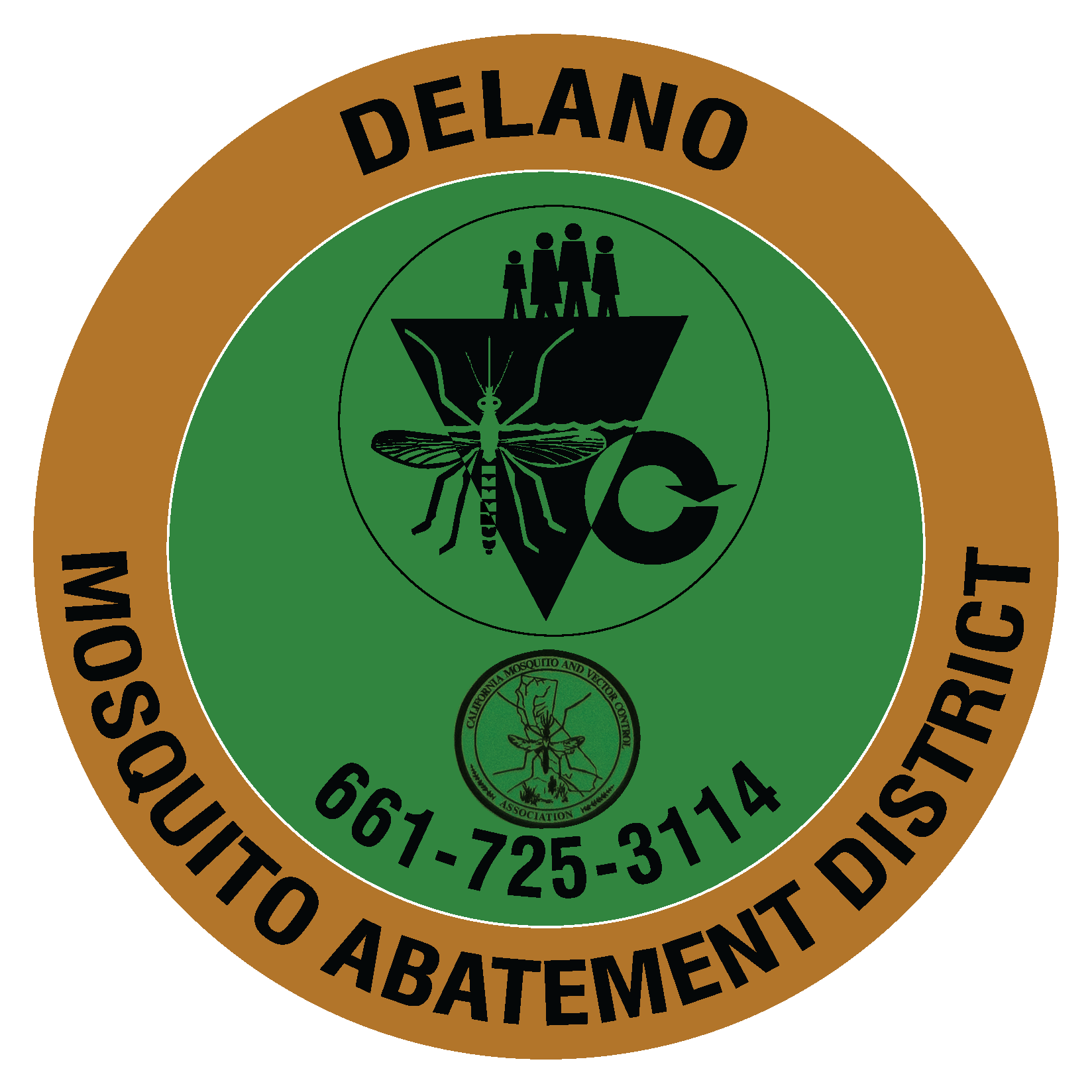Mosquito Control
Chemical Control
The District concentrates on controlling mosquitoes when they are in the immature aquatic stage because larval control has several benefits. The pesticides used to control mosquito larvae are less toxic to the environment and are highly specific to mosquito larvae and, therefore, do not affect beneficial insects, fish, birds or other mammals.
Larvicides are applied to a smaller target area than would be required for the treatment of adult mosquitoes because adult mosquitoes spread out and populate a wider area once they emerge. Lastly, controlling mosquitoes in the aquatic stage kills them before they are capable of transmitting disease.
The District utilizes several different types of larvicide in its control program. The Districts conducts chemical control, using only pesticides registered with the Environmental Protection Agency, through two methods, larviciding and adulticiding. Chemicals when applied using proper techniques and in accordance with legal requirements, are efficacious, cause no or very minor and discrete ecological impact and are environmentally safe.
On occasion, the District will make applications of “adulticides” which are insecticides that reduce the adult mosquito population. When mosquito abundance traps indicate the population of mosquitoes in an area are at a level that could pose a threat to the public’s health, the District will apply adulticides by hand-foggers, backpack foggers or vehicle-mounted foggers.
Biological Control
Gambusia affinis, called “Mosquito fish,” are small live-bearing minnows related to the common guppy. Mosquito fish are effective predators of mosquito larvae and pupae since they are surface feeders.
Since mosquito fish do not lay eggs, these fish require no special environment, as most other fishes do, for depositing and hatching the eggs. Gambusia females produce eggs that hatch within their bodies. A female is able to produce several broods of young after being fertilized once. New broods are produced at intervals of about six weeks with 50 to 100 young in a single brood. At birth, Gambusia are about 1/4 inch long but they grow rapidly, reaching a maximum size of about three inches. The earliest broods of the season, usually born in April and May, become sexually mature and produce young when six to eight weeks old.
These fish are placed in a variety of permanent and semi-permanent fresh water habitats, including non-maintained swimming pools, livestock watering troughs, ornamental ponds, sumps, reservoirs, duck clubs and ditches. Mosquito fish are furnished without charge for residents.
Physical Control
Physical control is usually the most effective of the mosquito control techniques available and is accomplished by eliminating mosquito breeding sites. Small scale breeding sources such as containers holding water can be dumped or properly discarded by District technicians to prevent mosquito breeding.
Large scale areas such as agricultural croplands, when irrigated improperly, can yield massive mosquito breeding sources located in the field or adjacent areas. The District relies on source reduction for large scale sources such as this. The District will contact the property owner and provide consultation and references to the property owner to help develop a plan to eliminate mosquito breeding sources on the property.
